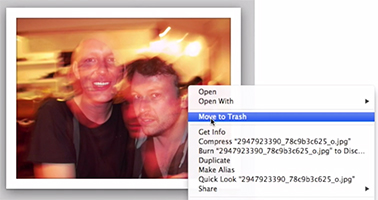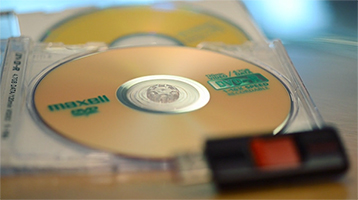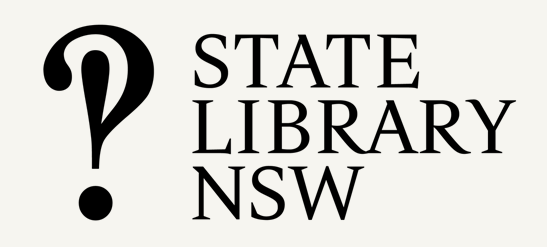Published 2017; reviewed March 2023
Personal photos, papers, music and videos are important to us. They record the details of our lives and help define us. But increasingly our possessions and our communications are no longer material: they’re digital.
Digital files are encoded to represent text, images, audio, video and more. They are fragile and completely dependent on software and machines to make them accessible. We can preserve our digital possessions and keep them accessible for years to come, but we have to archive them and actively manage them.
No matter what type of file you want to save – audio, video, text, photos, emails, and so on – they all require the same essential preservation strategy:
1. identify what you want to save
2. decide what is most important to you
3. organise the content
4. save copies in different locations.
Watch the Preserving Your Digital Treasures video to learn more, or scroll down for more information on each of these steps. Download the video transcript.
Preserving your digital treasures from State Library of Queensland.
Identify what you want to save
Go through your digital files and identify the documents, events, people and places that are important to you.
Decide what is most important to you
Images that are shaky, out of focus or poorly lit should not be kept, unless they are the only image of an important person or event. Don’t keep multiple versions of documents, unless they greatly differ.

Organise the content
Once you’ve decided what to keep, you need to gather everything into one place.
Transfer your files from wherever they are – your camera, mobile phone, tablet, CDs, etc. – to a computer or external hard drive. Create a main archive folder and title it something like, ‘My Archive’. Then, if you want to organise your files further, create other folders inside the master folder and name them with simple descriptive titles such as ‘video’, ‘audio’, ‘photos’ and ‘documents’. It may help to include the date and subject in the folder titles.

Some people like to give their files a descriptive name to make them easily identifiable. Others prefer to use dates and running numbers, so that the files can be sorted and stored numerically. It doesn’t matter what system you use, as long as you are consistent, and that you are able to find the files you want in the future.
If you have several copies or versions of a file, always save the highest-quality, larger-size file as the master version. You can make additional copies from the master version, as you need them.
Save copies in different locations
Once you’ve transferred all of your files to the main ‘Archive’ folder, it’s time to make backup copies.
Saving your files onto CDs, DVDs and flash (USB) drives may seem to be the easiest and cheapest option. However, these carriers can be easily corrupted, and may be obsolete within a few years.

An external hard drive makes a good central repository as it can hold a lot of content, and it’s portable. Make a copy of the hard drive and store that copy in a different location. This is simply good insurance. If something happens to the content in one place (such as a flood or fire), it’s safe in another.
Print is still a good backup option. Print out copies of important documents and photographs, so that you can have the document in an alternative and durable format: paper.
In addition, you can also backup your personal digital collections with online services, or ‘cloud’ storage, but don’t use an online service as your only backup.
Maintain your archive
Drives can decay or become outdated over time, so check your files for decay or corruption once a year. To ensure ongoing access to your archives, transfer the content from the old drive to a newer storage technology every two to five years.
Following these guidelines will help protect your personal digital files for years to come.
More information
National Library of New Zealand:
- Caring for your digital collections
- Saving your social media
- Caring for Taonga Digital collections (English)| Āta tiakina ngā kohinga matihiko (Te Reo Māori)
Library of Congress (USA) guides to preserving different formats:
- digital photographs
- digital audio
- digital video
- electronic mail
- personal digital records
- websites, blogs or social media.
This information is intended as a basic guide only. For more detailed information, please contact your state, territory or national library.
Donating digital collections
If you have digital collections that you would like to donate to your library, please contact them via the links below:









